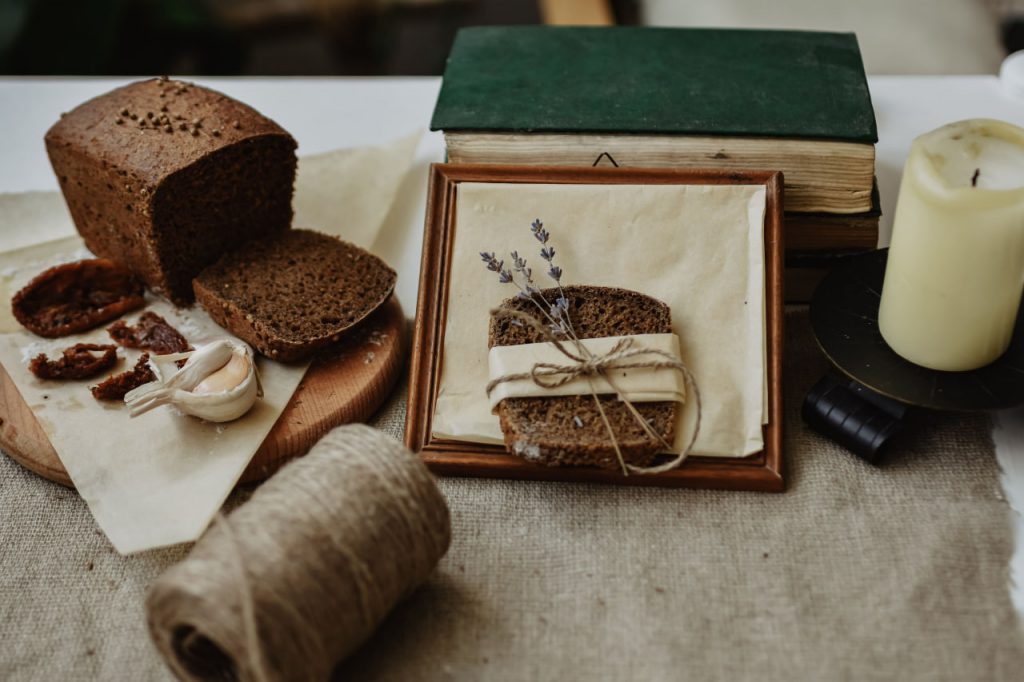When it comes to artisan bread, one of the most satisfying features is the crust. A well-baked loaf with a crispy, golden-brown exterior is the hallmark of expert craftsmanship. The crust not only enhances the flavor and texture of the bread but also plays a crucial role in preserving freshness. In this article, we’ll explore the science behind a perfect bread crust, why it’s so important, and the best techniques to achieve that coveted crispy crust.
Why Is Crust Important?
The crust of the bread is created when the dough reaches high temperatures in the oven. The outer layers of dough caramelize, and the Maillard reaction (a chemical reaction between amino acids and sugars) occurs, creating a complex and rich flavor. Not only does the crust add to the bread’s taste, but it also helps protect the inner crumb, keeping the loaf fresh longer.
In addition to preserving freshness, the crust contributes to the bread’s overall texture. A crust that is too thin or soft can result in a loaf that lacks the satisfying chewiness and crunch that artisan bread is known for.
The Science Behind Crust Formation
When the bread is placed in a hot oven, the heat causes the water in the dough to evaporate. The steam generated during the initial stages of baking helps to keep the crust soft, allowing it to expand and form a smooth, even surface. As the bread continues to bake, the moisture inside the loaf is gradually reduced, while the crust hardens and turns golden brown.
The temperature of the oven plays a key role in achieving the ideal crust. If the oven is too cool, the crust may not form properly, and the bread could turn out too soft. If the temperature is too high, the crust may become too thick and hard, resulting in a loaf that is over-baked.
Techniques for Achieving the Perfect Crust
Achieving the perfect crust involves a combination of factors, including proper dough preparation, oven conditions, and timing. Here are some techniques to help you bake bread with a golden, crisp crust:
- Preheat Your Oven Properly: Make sure your oven is fully preheated to the desired temperature before placing your bread inside. A hot oven ensures that the bread’s outer layers cook quickly, forming a crispy crust. For an even better result, consider using a baking stone or steel, which retains heat and ensures a consistent temperature.
- Steam During the First Few Minutes: Steam plays a crucial role in creating a crusty exterior. When the dough is first placed in the oven, the steam helps keep the outer layers soft, allowing the loaf to expand. After the initial few minutes of baking, the steam evaporates, and the crust begins to form. To add steam, you can place a pan of water at the bottom of the oven, or spray the dough with water right before it goes into the oven.
- Use a Dutch Oven or Cloche: Using a heavy-duty, enclosed baking vessel like a Dutch oven or a cloche can help trap the steam around the bread, resulting in a more tender and golden crust. These vessels create a mini-oven effect, allowing the bread to rise evenly and develop a rich, flavorful crust.
- Baking Time and Temperature: For the perfect crust, aim for a high baking temperature at the start, typically between 450°F (230°C) and 475°F (245°C). After the first 15-20 minutes, reduce the temperature to allow the bread to bake through without burning the crust.
- Score the Dough: Scoring the dough with a sharp knife or razor blade before baking allows the bread to expand properly while baking. It helps control how the bread rises and can contribute to an even and beautiful crust. Plus, it gives your bread a professional, artisanal look.
Common Mistakes to Avoid
While creating the perfect crust may seem simple, there are a few common mistakes that home bakers should watch out for:
- Overproofing the Dough: If the dough is overproofed, it will not rise properly in the oven, and the result can be a dense loaf with an underdeveloped crust. Be sure to follow the recommended proofing times for your recipe to achieve the perfect balance.
- Not Using Enough Steam: Without enough steam, the crust can form too quickly and end up too thick or too hard. Using a steam method, like the pan of water or spraying the dough, will help create a soft, stretchable outer layer.
- Inconsistent Oven Temperature: Bread bakes best in a consistently hot oven. If your oven temperature fluctuates, it can cause uneven crust formation. Consider using an oven thermometer to ensure the temperature remains stable throughout the baking process.
Conclusion
Creating the perfect crust is an art that requires attention to detail and patience. By using the right techniques—such as proper steaming, scoring, and oven temperatures—you can achieve the crispy, golden crust that is characteristic of artisan bread. Remember, baking is an evolving process, and with each loaf, you’ll get closer to mastering the perfect balance between texture, flavor, and that irresistible crunch.
Want to dive deeper into artisan bread baking? Join our Artisan Bread Craft courses to refine your skills and learn even more tips and tricks for creating bakery-quality loaves at home.
